Western Columbine (Aquilegia formosa) is a favorite among gardeners who appreciate native plants and their contributions to the local ecosystem. Known for its unique red and yellow flowers, this perennial is a visual marvel that will enhance any landscape design in the Pacific Northwest. Understanding how to grow and care for Western Columbine is essential for homeowners aiming for , so we have put together this guide to help walk you through the basics!
Understanding Western Columbine
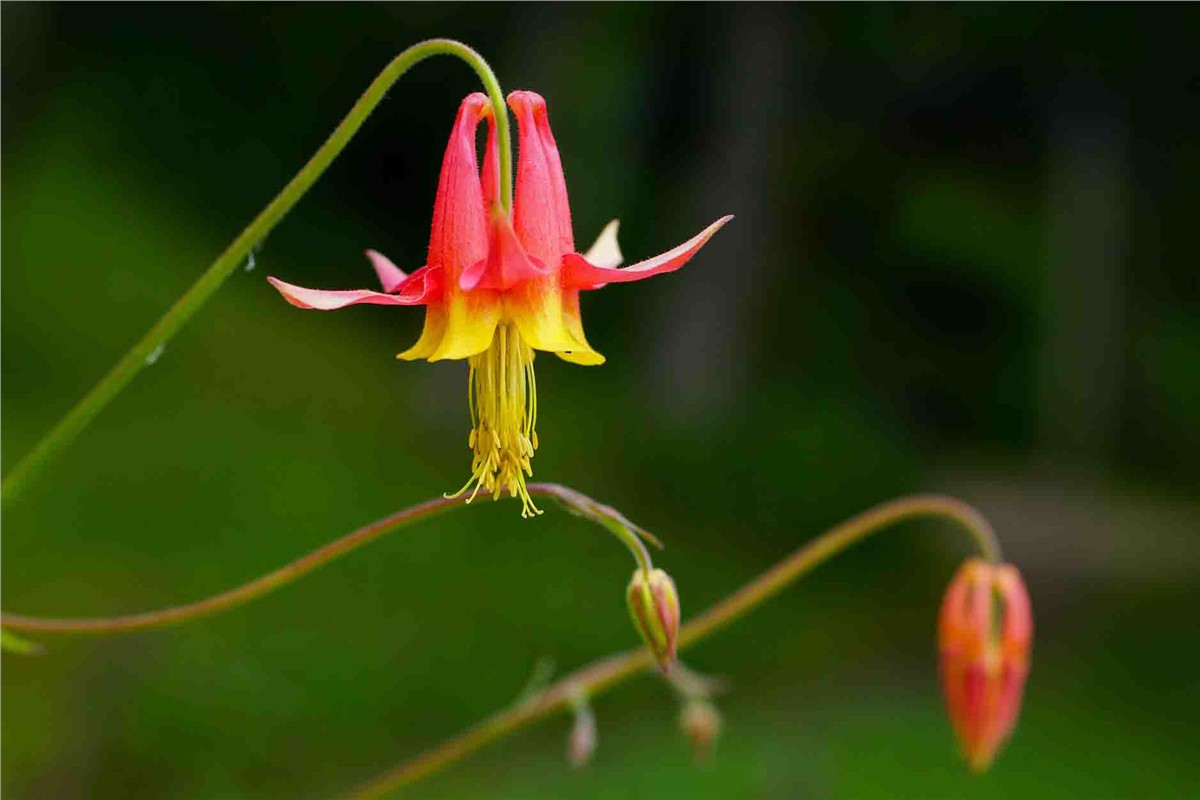
Western Columbine is a native perennial flower found predominantly in the western United States and parts of Canada, including right here in the Pacific Northwest. It’s prized for its distinctive blooms, which feature a combination of red outer petals and yellow inner petals, creating a striking contrast. The plant has evolved to thrive in a variety of habitats, from coastal areas to forest edges and even mountainous regions. This adaptability makes it an appealing choice for many homeowners, particularly in USDA hardiness zones 4 to 8.
The name "columbine" is derived from the Latin word columba, meaning "dove," as the flower's shape is thought to resemble a group of doves in flight. This plant also has a cultural and historical significance, having been used by Indigenous peoples in the western regions for medicinal and ceremonial purposes. In addition to its rich history, Western Columbine is also valued for its role in promoting biodiversity, serving as a critical nectar source for a variety of pollinators.
Identifying Western Columbine

Recognizing Western Columbine in the garden or the wild is relatively easy due to its distinct appearance. The plant stands out with its bright red and yellow flowers, which hang down in a bell-like shape. Each flower has five red, tubular spurs that curve backward, making it particularly attractive to hummingbirds, which have evolved to feed on nectar from tubular-shaped flowers.
The leaves of Western Columbine are equally noteworthy. They are compound leaves with a delicate, lacy appearance, often compared to the foliage of maidenhair ferns. The leaves typically grow in a basal rosette near the ground and are bluish-green in color. The stems are slender and can grow up to 3 feet tall, supporting the delicate flowers that bloom in clusters.
In its natural habitat, you’ll often find Western Columbine growing in partially shaded areas near streams or forest edges, where it receives a mix of sunlight and shade. The plant’s adaptability allows it to thrive in a range of soil types, though it prefers well-drained conditions.
Key Characteristics
- Height: Western Columbine typically grows between 1 to 3 feet tall, with thin, graceful stems.
- Spread: The plant can spread about 1 to 2 feet in width.
- Bloom Time: Late spring to early summer (May to July).
- Flower Color: Red with yellow inner petals.
- Attracts: Hummingbirds, butterflies, and bees.
- Foliage: Lacy, delicate green leaves that resemble maidenhair fern.
Life Cycle Of Western Columbine
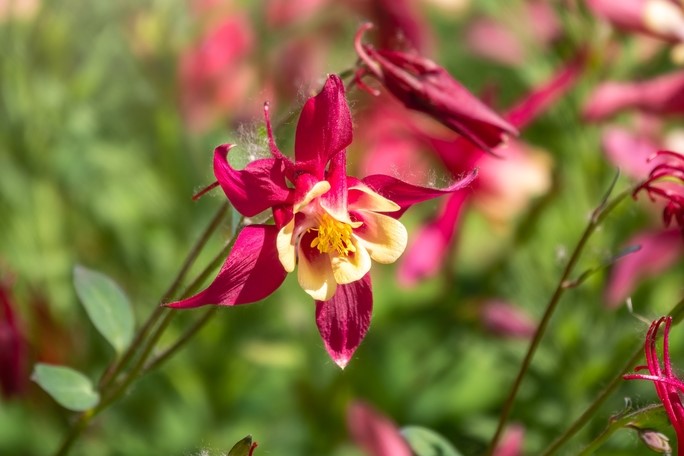
Understanding the life cycle of Western Columbine is essential for proper care and maintenance. As a perennial, it follows a seasonal pattern of growth, dormancy, and regeneration. This life cycle repeats each year, with Western Columbine reemerging stronger and more vibrant after its winter rest.
- Spring: In early spring, Western Columbine begins to emerge from its winter dormancy. The plant will first produce its characteristic lacy, green foliage in a basal rosette formation. Shortly after, the flower stalks will rise, and buds will start to form.
- Blooming Period: Western Columbine typically blooms from late spring to mid-summer, with the most vibrant display occurring in May and June. The flowers last for several weeks, and their bright colors attract pollinators like hummingbirds, bees, and butterflies.
- Post-Bloom: After the flowers fade, seed pods form. These pods contain numerous small seeds, which are dispersed either by wind or wildlife. Gardeners can also collect these seeds for propagation.
- Dormancy: By late summer, Western Columbine will start to enter its dormant phase. The foliage may die back as temperatures rise, particularly in warmer climates. In cooler regions, the foliage may remain until the first frost, after which the plant goes dormant for the winter.
Ideal Conditions For Western Columbine
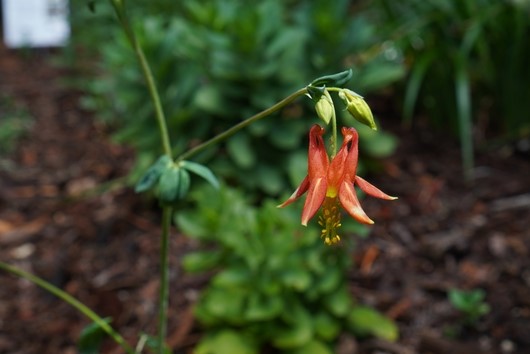
Western Columbine is a hardy and adaptable plant, but to achieve the best results, it's important to replicate its natural environment as closely as possible. It thrives in areas with partial shade. While it can tolerate full sun, especially in cooler climates, too much direct sunlight can stress the plant, particularly in warmer regions. A spot that receives morning sun and afternoon shade is ideal, as it provides the right balance to promote healthy growth and abundant blooms.
Well-drained, loamy soil is the best option for Western Columbine. The plant prefers slightly acidic to neutral soil (pH 6.0 to 7.0), though it can tolerate a range of soil conditions as long as proper drainage is maintained. In heavy clay or overly compacted soils, consider amending the soil with organic matter like compost to improve aeration and drainage.
Although Western Columbine is relatively drought-tolerant, it prefers consistent moisture, especially during its first growing season. After the plant has become established, it can handle short periods of drought. In general, watering once a week during dry spells will suffice, though care should be taken not to overwater, as this can lead to root rot. As stated above, this flower is well-suited to USDA hardiness zones 4 to 8. In regions with harsh winters, the plant will die back to the ground but will regrow in the spring.
How To Plant & Care For Western Columbine
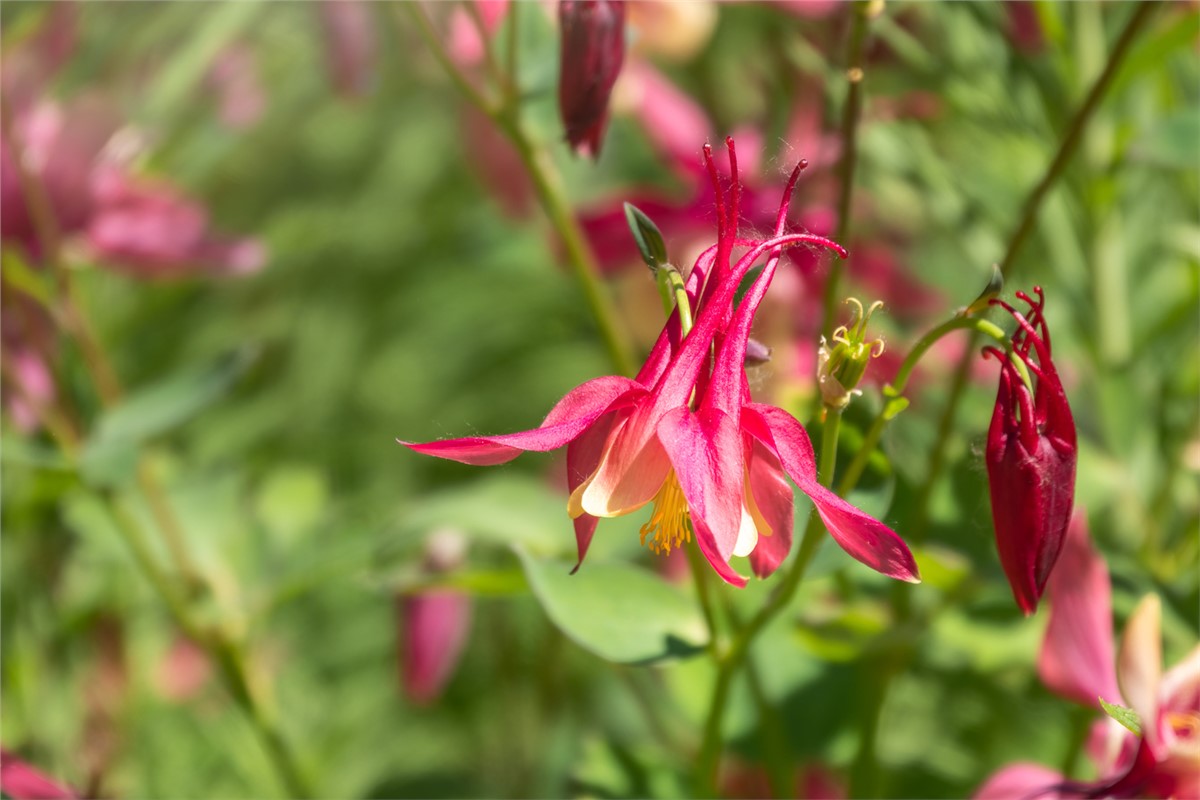
Planting and caring for Western Columbine is relatively straightforward, but a few key practices will ensure optimal growth and long-term success. It can be grown from seed or from nursery-bought plants. If planting from seed, it’s best to sow them in early spring or fall, as they require a cold period to germinate. If planting transplants, aim for early spring to give the plants time to establish before summer heat.
- Site Preparation: Prepare the planting site by loosening the soil to a depth of 12 to 18 inches and amending it with compost if necessary. Plant seeds at least 1 foot apart.
- Watering: Keep the soil consistently moist, especially during the first growing season. Once established, water the plant deeply once a week during dry periods. Avoid overwatering, as this can cause root rot.
- Mulching: Apply a 2- to 3-inch layer of mulch around the base of the plant to retain soil moisture and suppress weeds. Keep the mulch a few inches away from the stems to prevent rot.
- Fertilizing: Western Columbine doesn’t require heavy feeding. A balanced, slow-release fertilizer applied in the spring will provide sufficient nutrients. Over-fertilizing can lead to excessive foliage growth at the expense of flowers.
- Pruning and Deadheading: Deadheading spent flowers encourages more blooms and prevents the plant from going to seed too early. Prune the flower stalks after the first bloom to promote additional flowering. At the end of the growing season, cut back the stems to a few inches above the ground to prepare the plant for winter dormancy.
- Pest and Disease Control: Western Columbine is relatively pest-resistant, but aphids and leaf miners can sometimes be an issue. Control aphids with a blast of water or insecticidal soap. Good air circulation and proper spacing can help prevent fungal diseases like powdery mildew.
If you want to learn more about how to prevent diseases and pests from taking over your garden in the Portland, OR area, reach out to Simple Lawns today!
Subscribe to Simple Lawns's Blog




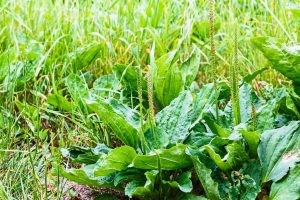

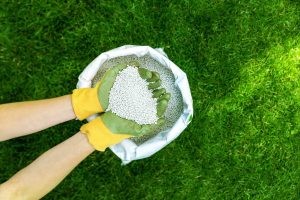
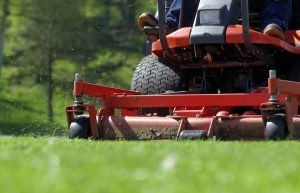

Comments